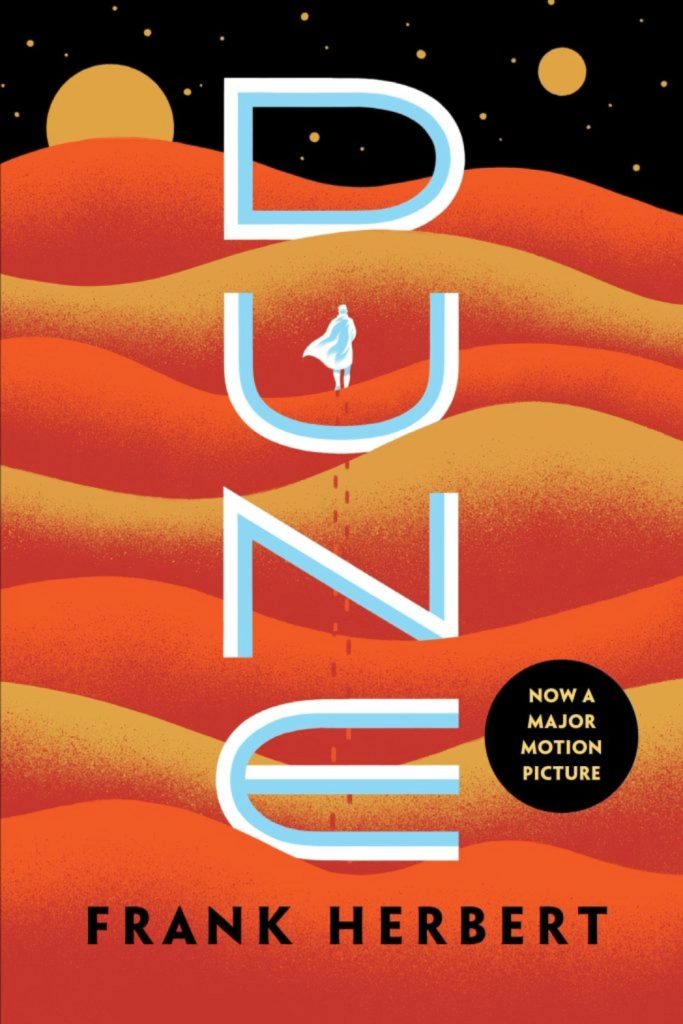What does it mean to be a Human? At first many people may think this is a simple question, but Dune is not the first fiction series to struggle with this question. This is clearly a topic that many people have considered before and in Dune the question is tackles from a psychological perspective and a biological perspective.
The psychological perspective is mainly about the moral choices and how these choices in some ways preserve our “humanity.” Paul’s father Leto I is an example of someone who seems to maintain his humanity through good moral actions. He wants to protect his son and lover Jessica. He uses “fair” methods when he could be playing dirty in his Nobel House’s feud with the Harkonnens. On the opposite side of the coin are Bene Gesserit. They act in a way that is in some ways no longer human. A great example of this that is expanded on later in the series is their wish to avoid Love. They see it as a weakness which will get in the way of their ability to progress humanity as a whole. This feels a bit paradoxical… and it is. One flaw of the Bene Gesserit is their “greater than thou” attitude towards most other powerful groups in the series. The idea that some aspects of our humanity such as Love are a hinderence in some ways make the Bene Gesserit… not human. Despite the fact they are “technically” more human than some of the other genetically modified people in the series.
Speaking of genetic modification, the biological perspective to approaching the question is in regard to the various ways people in Dune have been modified past the original intent of natural evolution. The Guild Navigators of the Spacing Guild have taken so much of the Spice that they no longer resemble a traditional human. Frank Herbert describes them as being similar to fish both in physicality and in the fact they float in tanks filled with the Spice Mélange. The Bene Gesserit have been crossing bloodlines for centuries and in this way the people like Paul (and other aristocrats) who are a result of their breeding program, are in some ways a “different” kind of human when compared to the masses they rule over. The last example of genetic modifications comes from the Bene Tleilax. This group of humans does not even appear to be human anymore. The Tleilaxu appear to be short and almost elfin in appearance, but their silly appearance should not fool you. The Tleilaxu are the kings of genetic modification. They created the Face Dancers, which are essentially husks of humans who are able to shape their appearance at will and they create the Ghola, which are clones of dead people, made from cells collected off of corpses. Much like Frank, I will leave the interpretation of these groups up to you, the reader. What makes us Human? In some ways that is a question we must answer for ourselves!

